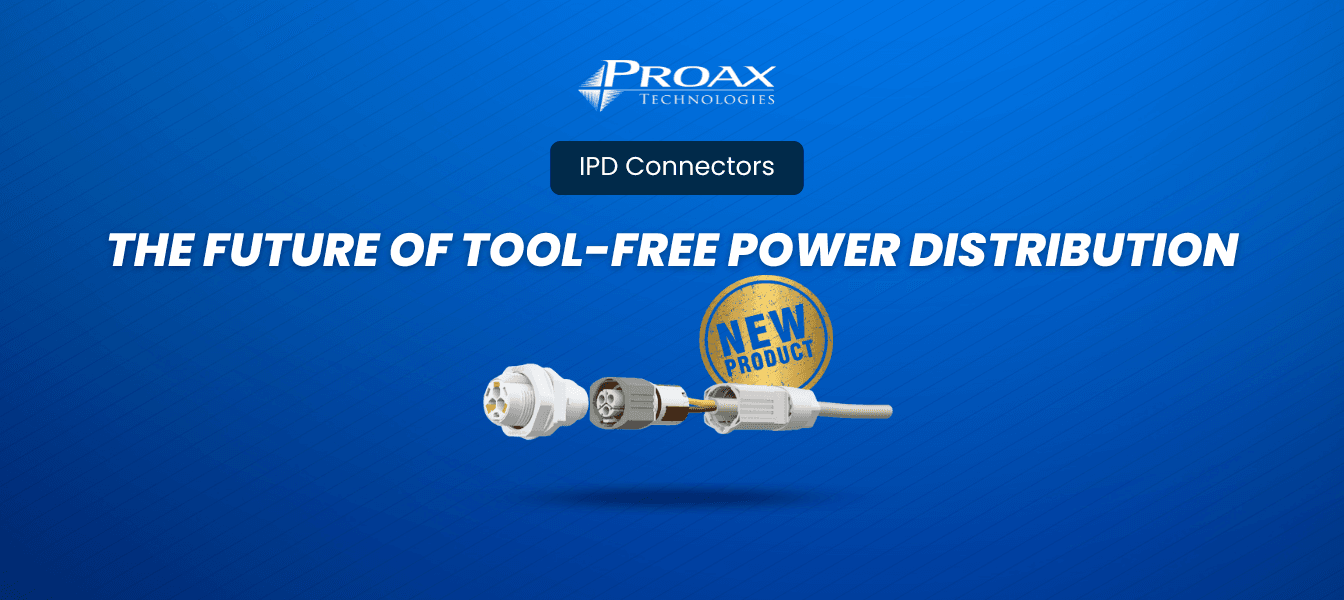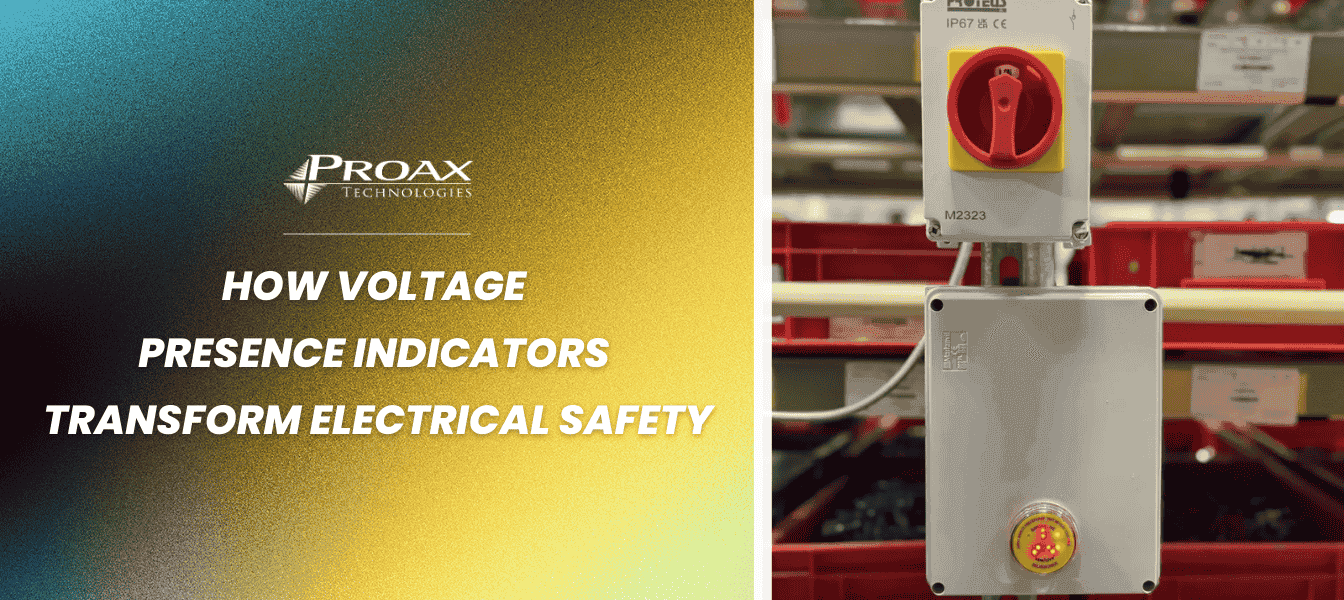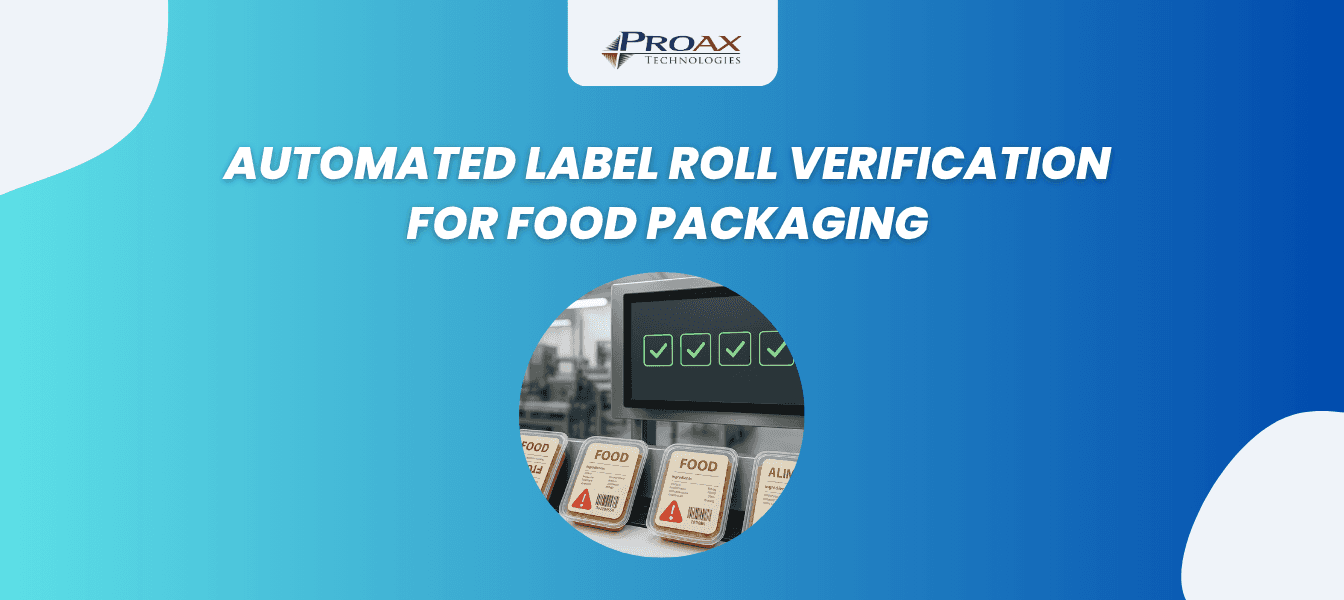Choosing the right stepper motor can make or break your project. Whether you're working on a 3D printer, CNC machine, or robotics application, selecting the ideal motor ensures precision and efficiency. But with so many options out there, how do you know which one fits your needs?

Understanding Stepper Motors
Selecting the right stepper motor involves understanding its types and characteristics. Knowing these aspects ensures that your project achieves optimal performance. Let's quickly go over the types of stepper motors.
Types of Stepper Motors
Here are the main types of stepper motors:
- Permanent Magnet (PM) Stepper Motors
- Variable Reluctance (VR) Stepper Motors
- Hybrid Stepper Motors
- Bipolar Stepper Motors
- Unipolar Stepper Motors
- Multi-Phase Stepper Motors
- Linear Stepper Motors
- Closed-Loop Stepper Motors
Key Factors to Consider
When choosing a stepper motor, consider several crucial factors to ensure it meets your project's requirements.
1-Torque Requirements
Evaluate the torque needs of your application. Different projects require varying levels of torque. For example, CNC machines need high torque for cutting operations, while 3D printers might need moderate torque for precise layer deposition. Check the motor's datasheet for its holding and pull-out torque values.

2-Speed and Acceleration
Determine the required speed and acceleration rates. Stepper motors have different performance characteristics at various speeds. High-speed applications like pick-and-place machines demand motors with quick acceleration capabilities, whereas low-speed tasks like camera panning systems can use motors with slower response times.

3-Operating Environment
Assess the conditions where the motor will operate. Environmental factors such as temperature, humidity, and exposure to dust or chemicals affect motor choice. Motors designed for harsh environments often feature enhanced sealing and cooling mechanisms.

4-Motor Size and Phases
Select an appropriate motor size and phase type based on space constraints and power needs. Smaller motors fit compact spaces but may offer lower torque; larger motors provide higher power output but require more space. Bipolar motors generally deliver better performance than unipolar ones due to their two-phase winding structure.

5-Accuracy and Resolution
Consider the accuracy and resolution necessary for your application. High-precision tasks like robotic surgery require motors with fine step resolutions (e.g., 0.9° per step), while less critical applications may function well with standard resolutions (e.g., 1.8° per step). Evaluate if microstepping is needed to improve precision further.
By focusing on these key factors—torque requirements, speed/acceleration, operating environment, motor size/phases, accuracy/resolution—you'll make an informed decision when selecting a stepper motor that best suits your project's specific demands.
Step-By-Step Selection Guide
Choosing the right stepper motor involves evaluating multiple factors to ensure optimal performance for your specific project.
Define Your Application Requirements
Identify the precise needs of your application. Determine whether you need high torque for heavy loads or high speed for rapid movements. For instance, a CNC machine may require different specifications than a 3D printer due to varying operational demands.
Evaluate Motor Specifications
Analyze the technical specifications of potential motors. Look at torque ratings, voltage and current requirements, and step angles. Ensure these parameters align with your application's requirements. For example, higher torque motors are essential for applications needing strong rotational force.
Match Motor to Your Needs
Consider how each motor fits within your project's constraints. Assess compatibility with existing hardware and control systems. If precision is critical in tasks like robotics, choose a motor that offers fine resolution and accurate positioning capabilities.
Beyond Technical Specs, Right Brand Is Key
Considering brand reputation, warranty options, customer service support, price range, and long-term reliability is crucial. Proax is an authorized distributor of Oriental Motor in Canada. For over a century, Oriental Motor has focused on technological advancement and product design improvement. Oriental Motor has peace of mind policy when it comes to right stepper motor brand. At Proax, we offer a wide range of stepper motors from Oriental Motor to suit various applications:
- αSTEP Closed Loop Stepper Motors, 2-Phase Stepper Motors, 5-Phase Stepper Motors
- Geared, Encoder and Electromagnetic Brake options
- AC or DC Input Stepper Motor Drivers
- Frame Sizes from 0.79 in. (20 mm) up to 3.54 in. (90 mm)
These options ensure you can find the perfect stepper motor for your specific needs, whether it's for precision, torque, or compatibility with your existing systems. If you need any help, please contact us. We're here to assist you in choosing the right stepper motor for your project.














































